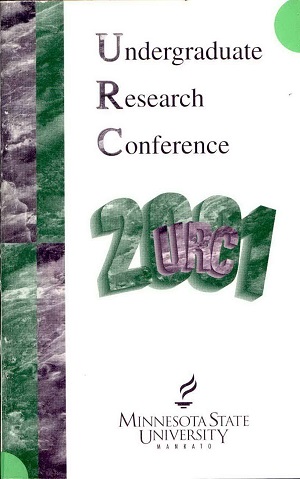Defensive Disdain
Location
CSU
Student's Major
Psychology
Student's College
Social and Behavioral Sciences
Mentor's Name
Barry Ries
Mentor's Department
Psychology
Mentor's College
Social and Behavioral Sciences
Second Mentor's Name
Daniel Sachau
Second Mentor's Department
Psychology
Second Mentor's College
Social and Behavioral Sciences
Description
A uniformly positive person is perceived as more likable than a uniformly negative person. When people talk about what they do not like, others may think their own tastes about the topic being discussed are belter. When people express a likeness for something, their tastes appear fixed. In addition, they have a better chance of being evaluated positively. Because of this, we hypothesize people with disdainful personalities use their negative attitudes to their advantages in social situations. Undergraduate students (N=100) will be asked to complete a questionnaire about their general attitudes. They will also be asked to review a questionnaire that appears to be filled out by either a uniformly positive, uniformly neutral, or uniformly negative target. They will then be asked to answer questions that will help judge the targets' tastes, the participants' certainty of the targets' tastes, and the general likeability of the target. We hypothesize participants will find the uniformly positive target to be the most likable. The uniformly negative target will appear to have better tastes than the others, but participants will be less certain of their tastes.
Defensive Disdain
CSU
A uniformly positive person is perceived as more likable than a uniformly negative person. When people talk about what they do not like, others may think their own tastes about the topic being discussed are belter. When people express a likeness for something, their tastes appear fixed. In addition, they have a better chance of being evaluated positively. Because of this, we hypothesize people with disdainful personalities use their negative attitudes to their advantages in social situations. Undergraduate students (N=100) will be asked to complete a questionnaire about their general attitudes. They will also be asked to review a questionnaire that appears to be filled out by either a uniformly positive, uniformly neutral, or uniformly negative target. They will then be asked to answer questions that will help judge the targets' tastes, the participants' certainty of the targets' tastes, and the general likeability of the target. We hypothesize participants will find the uniformly positive target to be the most likable. The uniformly negative target will appear to have better tastes than the others, but participants will be less certain of their tastes.



